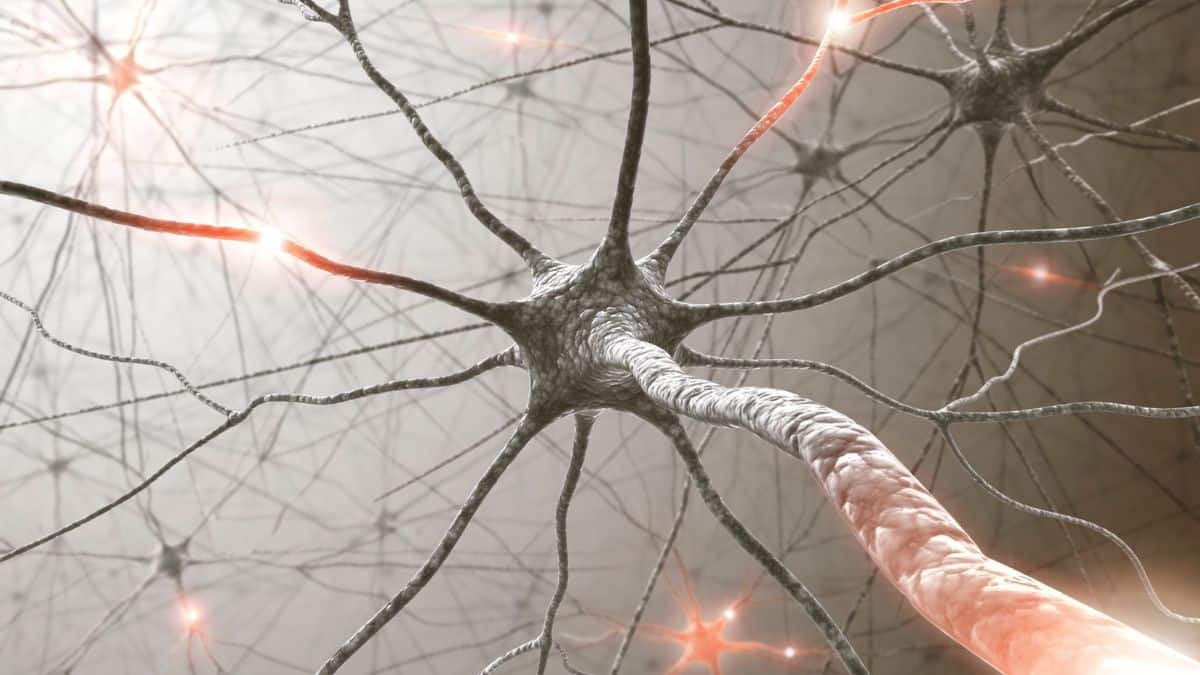Harnessing Neural Plasticity: The Key to Successful Regenerative Neurotherapy

When it comes to healing the nervous system, few concepts are as powerful as neural plasticity. This natural ability of the brain and nervous system to adapt, reorganize, and form new connections is at the heart of how we learn, grow, and recover from injury. In the field of Regenerative Neurotherapy, neural plasticity is energing as a critical factor in not just managing nerve damage but actively reversing it.
What Is Neural Plasticity?
Neural plasticity, also known as neuroplasticity, refers to the brain and nervous system’s capacity to change and rewire itself. This happens throughout life, but especially after injury or in response to new experiences, training, and therapy. When part of the nervous system is damaged, such as by trauma, illness, or chronic conditions like neuropathy, plasticity allows other parts to adapt, reroute signals, and even restore lost function over time.
In essence, neural plasticity makes recovery possible. Without it, regeneration would be much harder, if not impossible.
The Role of Neuroplasticity in Regenerative Neurotherapy
Regenerative Neurotherapy is an advanced approach that combines techniques like stem cell therapy, platelet-rich plasma (PRP), nerve stimulation, and nutritional support to heal damaged nerves. While these therapies work on a cellular level to repair physical damage, neural plasticity supports the brain and nervous system in learning how to use these repaired connections.
For example:
- After stem cells repair nerve tissue, plasticity helps the nervous system re-establish communication pathways.
- In cases of chronic neuropathy, where the brain has “learned” to interpret faulty nerve signals as pain, neuroplasticity allows for retraining the brain to recognize healthy patterns again.
- Through guided rehabilitation and repetitive movement, patients can strengthen new connections and build functional nerve networks.
Without engaging neural plasticity, regenerative treatments may heal tissue but fall short of restoring meaningful function. That’s why the best outcomes happen when regenerative therapies are paired with strategies that stimulate and support neuroplastic change.
Encouraging Plasticity: What Helps?
To maximize the benefits of neural plasticity in Regenerative Neurotherapy, several supportive approaches are often used:
- Targeted physical therapy: Repetitive, purposeful movement helps reinforce new neural pathways.
- Cognitive exercises and sensory retraining: These stimulate brain regions associated with sensation, memory, and movement.
- Non-invasive brain stimulation: Techniques like transcranial magnetic stimulation (TMS) can enhance plasticity in targeted areas.
- Nutritional and lifestyle support: Sleep, proper diet, and stress reduction all help the brain maintain a healthy environment for plasticity to thrive.
Conclusion
Harnessing neural plasticity is what transforms regenerative treatment from simple tissue repair to true functional recovery. It’s the difference between feeling better and actually getting better, regaining sensation, movement, and independence after nerve damage.
As Regenerative Neurotherapy continues to evolve, so does our understanding of how to activate and enhance plasticity for better outcomes. The future of nerve healing lies not just in repairing what’s broken, but in teaching the nervous system how to reconnect, adapt, and thrive.
If you’re exploring new options for nerve damage or chronic neuropathy, ask your provider how neural plasticity can be part of your recovery plan.




